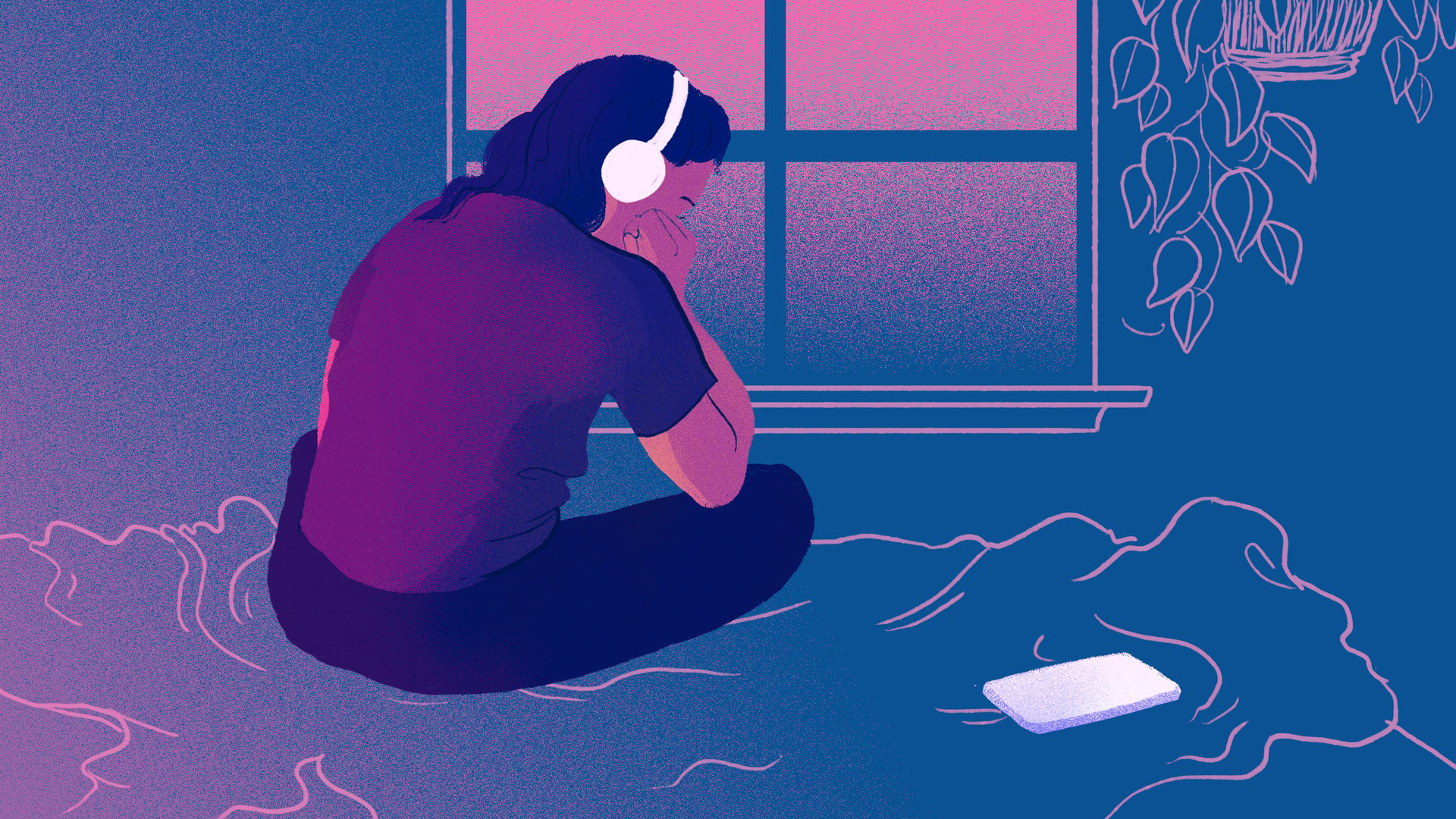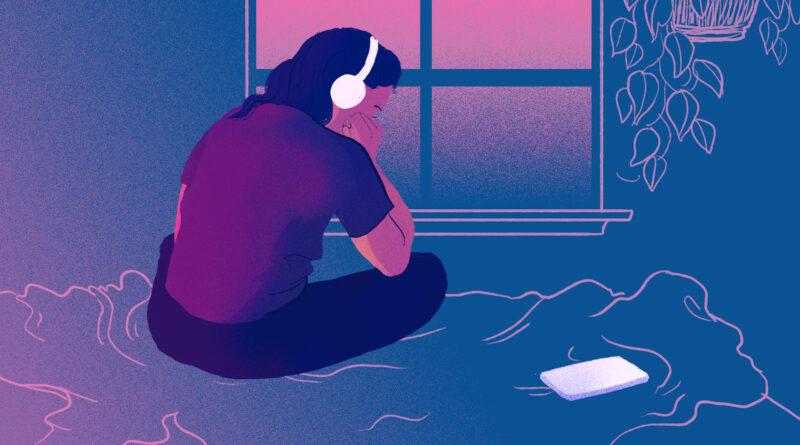6 things teens say they really need for their mental health

It’s not often that the world gets to hear from teens about what boosts their mental health.
A new report from Crisis Text Line and Common Good Labs aims to provide exactly that insight at a time when people, including lawmakers, are scrambling for solutions to the youth mental health crisis.
Some of the answers may be found in Crisis Text Line data. The crisis intervention service partnered with Common Good Labs, a research organization, to analyze common themes in 87,000 anonymized conversations between Crisis Text Line’s volunteer crisis counselors and youth texters that took place from 2019 through 2022.
“There is a lot of discussion about this issue,” Lili Török, principal research scientist at Crisis Text Line, told Mashable, referring to the increasing rates of depression, anxiety, and suicide among youth. “One of the things we haven’t seen as much of is listening to young people and what they want.”
The top resource that one in five texters resoundingly said improved their well-being was social connection. Versions of that, like connecting with a mentor or coach, helped them navigate turmoil and crisis. Secondly, they said that music, writing, and visual and performing arts helped them through difficult moments.
Mental health services were the third most commonly mentioned resource among texters, followed by exercise and sports programs, then books and audiobooks, and finally, outdoor spaces and nature. The report notes that independent research demonstrates how each type of resource has been linked to improved mental health.
Common Good Labs performed different types of analysis on the data generated by the 87,000 conversations with youth texters. Ultimately, its researchers used natural language processing to classify the anonymized notes taken by crisis counselors. They identified and grouped certain key words and phrases into the six larger thematic categories.
The data came from texters who opted into Crisis Text Line’s voluntary post-conversation survey. When texters use the service, they must agree to its privacy policy (and terms of service), which includes the disclosure that Crisis Text Line may use certain types of data for research purposes. For this survey, the texter was asked again to permit Crisis Text Line’s use of their anonymized answers.
Dr. Mitch Prinstein, chief science officer of the American Psychological Association, said the report provides unique insight into how teens are coping with mental health challenges. Prinstein, who studies youth psychological development and was not involved in the research, said the findings underscore the vital importance of in-person social connection for teens.
The results may surprise those with a singular focus on remedies like restricting screen time and social media use. They may also serve as a rejoinder to lawmakers who’ve aggressively attacked social media and tech companies for their role in creating the mental health crisis but who haven’t answered for budget cuts that have decimated funding for parks, libraries, art and music education, and extracurricular programming.
The report notes, for example, how local governments cut parks funding by more than $ 2.5 billion between 2010 and 2021. Per capita spending on local libraries in 2021 decreased by 5 percent over the same time period.
At the same time, teen participation in meaningful in-person activities has also plummeted. In 2020, 1.5 million fewer children were in clubs, compared to 2009, according to the report. In 2021, 1.8 million fewer high school students played sports than in 2009.
While the COVID-19 pandemic certainly affected sports participation and in-person socializing, these rates have been trending downward for years, said Courtney Hunter, vice president of public policy and advocacy at Crisis Text Line.
Hunter noted that other factors contributing to the decreases could include the advent of social media and a gravitation toward connecting over phones and digital devices, along with persistent nationwide absenteeism from school and reduced funding for some types of extracurricular programming.
Additionally, teachers often take on leading these extracurricular activities for students. Given the burden of teaching during a pandemic, burnout partly related to social media in the classroom, and stagnating pay, exhausted teachers may no longer be willing or able to lead after-school programming for students.
Prinstein noted that all of the activities cited by youth as helpful often involve peers and friends.
“[W]hen we take away the opportunity for voice-to-voice, face-to-face context, whether it’s because we’ve cut the funding, or [because of] social media, or a combination of all of that, this is what we’re seeing,” Prinstein said. He added that the findings highlight how urgently youth need access to high-quality mental health information and services.
Hunter said that solutions based on the report might look like lawmakers funneling more money toward efforts like increasing after-school programming, spending more on libraries and parks, and ensuring that students have access to music and arts education.
She also warned against diminishing the role of social media use and screen time as policymakers and advocates consider solutions to the mental health crisis that come from within communities themselves.
“It’s all part of the problem,” Hunter said, referencing the potential harm of social media use and excessive screen time as well as cuts to vital programs, all trends that developed over the same decade-long time period.
